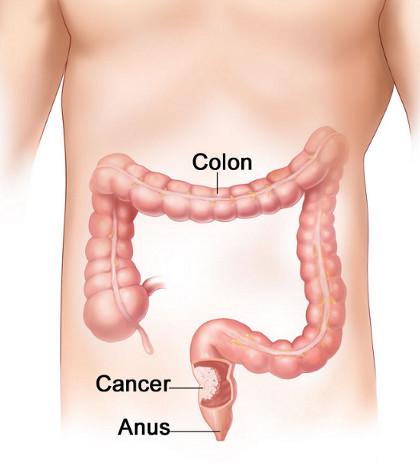
Even though colorectal cancer (CRC) is the second-leading cause of cancer death in the US, and even though the US Preventive Services Task Force says that screening for CRC earns a grade A recommendation (the strongest one) for people in the ages of 50 to 75 without risk factors, it seems that people a)don't get screened as they should, and b) don't follow up with additional tests as recommended after normal or abnormal findings. So the question arises, how can we encourage people to first, get screened and second to follow up as appropriate?
Dr. Amit G. Singal from the University of Texas Southwestern Medical Center in Dallas and colleagues investigated how to improve the probability that people would get screened for CRC. According to their report published in JAMA, 30-50 percent of eligible patients don't initiate screening, between 40 to 60 percent of those with normal screening results don't get repeat screenings as advised, and surprisingly, about half of those with abnormal results don't get follow up evaluations. So these researchers tested different strategies in a randomized trial to improve these statistics.
About 6,000 persons were included in their trial, and were followed for up to 3 years. They were all low-income individuals. There were 3 groups — one received usual care (whatever care was recommended or ordered during any in-patient visit), one received at-home fecal immunochemical tests (FIT), and the third received reminders to get colonoscopies. Patients were randomly assigned to one of these groups.
Patients who didn't return the FITs within 2 weeks were reminded by telephone to do so. If their results were abnormal, they were informed and invited to get colonoscopies. Patients who received mailed reminders to get colonoscopies were telephoned if they didn't respond to the reminders by scheduling the procedure within 2 weeks.
The investigators defined screening completion as:
(1) colonoscopy completed with no cancer detected; (2) cancer detected by colonoscopy and treatment evaluation completed within 2 or fewer months; (3) a normal FIT result repeated annually for 3 years (ie, every 12 months anchored on randomization date); (4) an abnormal FIT result with colonoscopy completed within 6 or fewer months with no cancer detected; or (5) an abnormal FIT result with cancer detected by colonoscopy and treatment evaluation completed within 2 or fewer months.
Analysis of the data revealed that about 38 percent of the colonoscopy outreach group completed the screening process as described above, 28 percent of the FIT group did so, while only 11 percent of the usual care group did so. Compared to the usual care group, colonoscopy outreach resulted in a 28 percent improvement in screening completion, while that of the FIT group was 17 percent better than the usual care group. Further, the colonoscopy froups's completion rate was 10 percent greater than that of the FIT group. All these comparisons were statistically significant.
Although the reminders to undergo colonoscopy were most effective in motivating people to be screened, and FIT was also more effective than usual care, the authors pointed out that even in these cases, the screening completion rate was less than 40 percent. They hypothesized that the low rate might have been explained in some cases by patients' beliefs about CRC screening or by unrecognized contraindications to screening. Obviously, while these inducements were somewhat effective, more must be done to increase the rate of screening — CRC is treatable when detected early.



